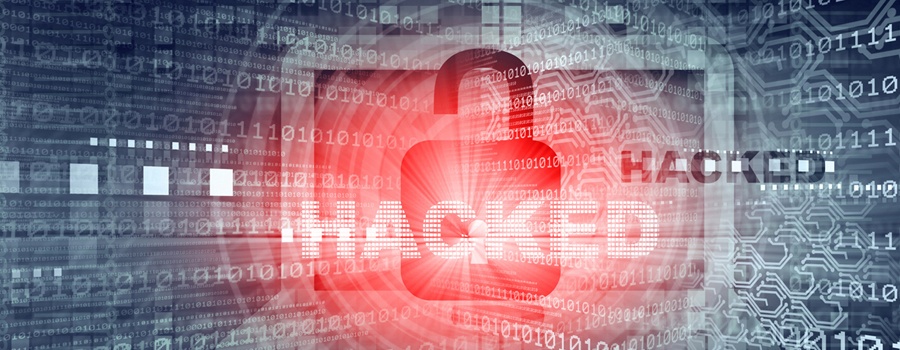Tag: hack
-

Cyber Security: Five Common Phish Attack Schemes
Hackers only need you, that’s right just you. They are sneaky and know the general population is busy and doesn’t pay close attention to the emails they receive. Hackers know people are comfortable in their daily habits. They exploit this behavior by creating email scenarios designed to encourage a click. They need just one person…
-

“WannaCry” Ransomware Holds True to its Name
This week, countries around the world faced an unprecedented cyber security attack. On May 12, 2017, the Critical Infrastructure Protection Lead for the Department of Health and Human Services Laura Wolfe first reported it as a “significant security issue.” Hours later, the Department of Homeland Security’s Computer Emergency Readiness Team warned the public of a…